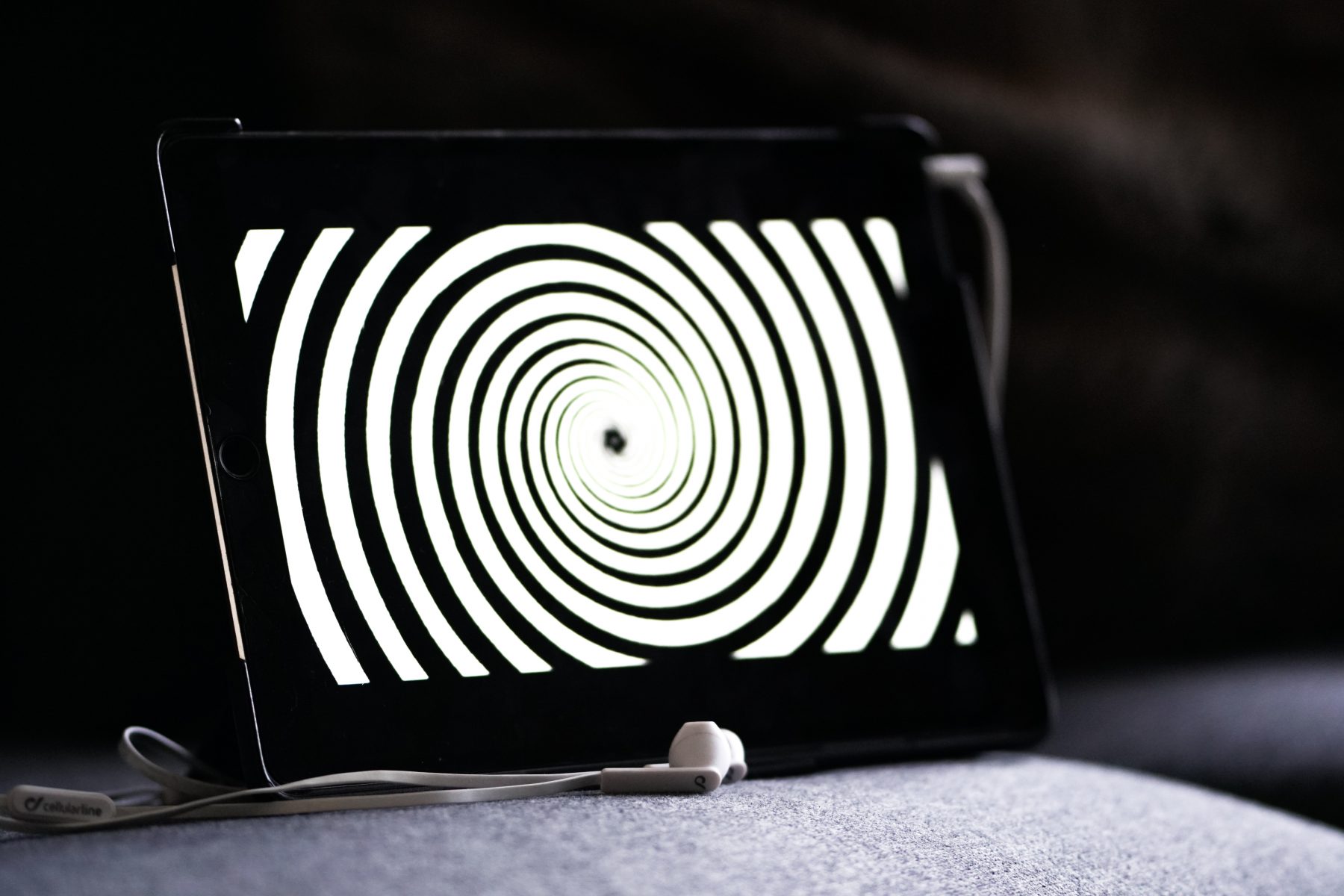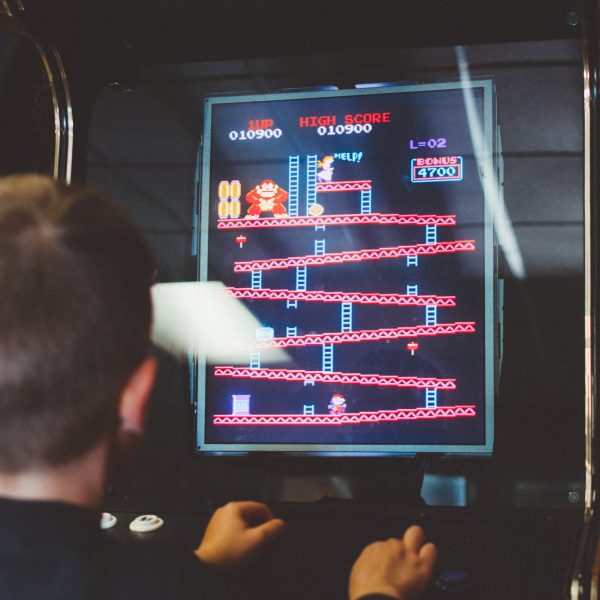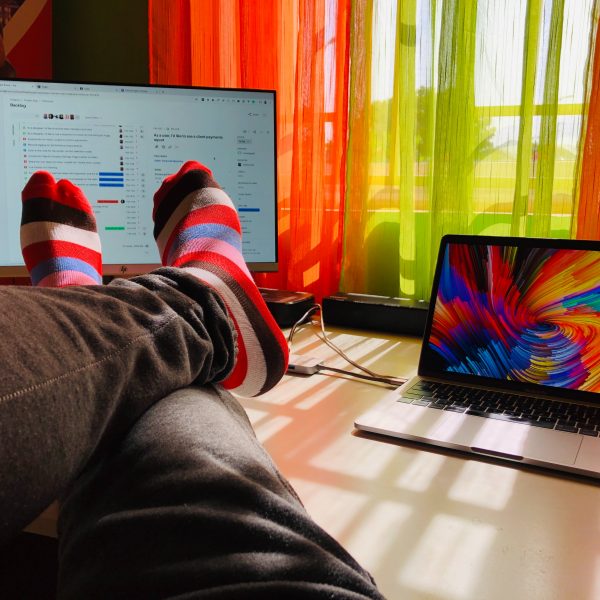Screentime in the age of COVID-19 – how much is too much, and what to do about it?

Educators, families and children around Australia, and indeed the world, have had to contend with the “screentime conundrum” more than ever before in 2020, as classes, meetings, socialisation and many other aspects of life were pushed online while people isolated themselves to combat COVID-19.
With many pieces of research focusing on the detrimental effects of too much time spent engaging with screens, particularly for young children, educators around the world have faced a dilemma, unsure about how to marry the research and the reality of a global pandemic.
The question, all too quickly, has become “can screen practices be positive for child development as well as being fun and entertaining?”
One way that early childhood education and care (ECEC) providers can support families during this challenging time, ensuring that the messages children receive about screen time reinforce one another, is to share evidence-based screen guidance, like that available at raisingchildren.net.au, through newsletters and other channels that they use to communicate with parents.
Raising Children Network Executive Director Professor Julie Green said that screens can be used as a force for good. They can be a healthy addition to a child’s lifestyle, as long as they are balanced with other activities such as physical play, reading, socialising and a good sleep routine.
While “no app can replace your lap”, she added, screens can be used in many ways – for learning, relaxation, entertainment and social connection – so the purpose and quality of time spent on screens should be taken into account. It’s not as simple as them being just good or bad.
Screens can be used as a tool to support relationships and reinforce practice, and with so many of Australia’s children spending more time at home, particularly when they are unable to visit daycare, kindergarten or school, the relationship between parents, carers and children is evolving and being continuously tested.
There are ways screens can be used to support children’s different needs, such as learning, relaxation and entertainment, and for both parents and educators, sharing screen time with children can show you care about things that matter to them – something which Professor Green says “sends them an extremely powerful message”.
Choosing high quality content, both in terms of programs and apps, is vitally important to ensure that children get the educational and other benefits of screen time.
“It’s important screens aren’t seen as a substitute for interaction. Time on screens can be shared between adults and children to facilitate conversation, connection and learning,” Professor Green noted.
For more information and extra tips to share with families, please see here. Guidance for educators can be found in Early Childhood Australia’s Statement on young children and digital technologies.
Popular

Workforce
Quality
Research
When did it start to go wrong?
2025-12-18 08:00:46
by Fiona Alston

Economics
Policy
Quality
Provider
Research
Is your service ready? Key updates to Queensland kindergarten funding in 2026
2025-12-17 07:00:15
by Fiona Alston

Quality
Workforce
Practice
Research
Let’s not lose the word 'Children'
2025-12-18 07:45:13
by Fiona Alston















